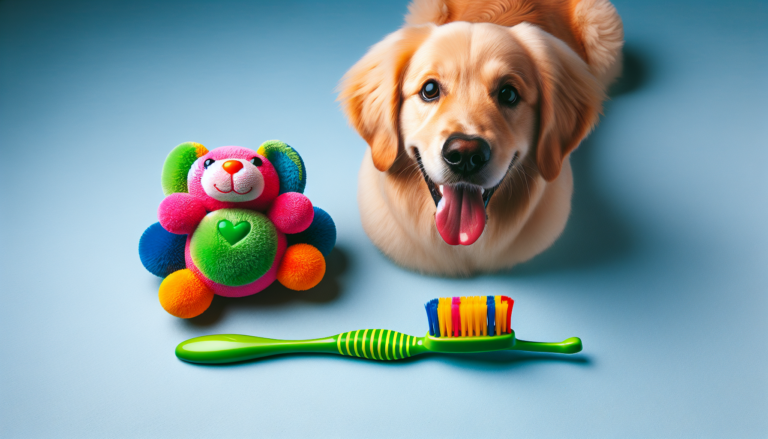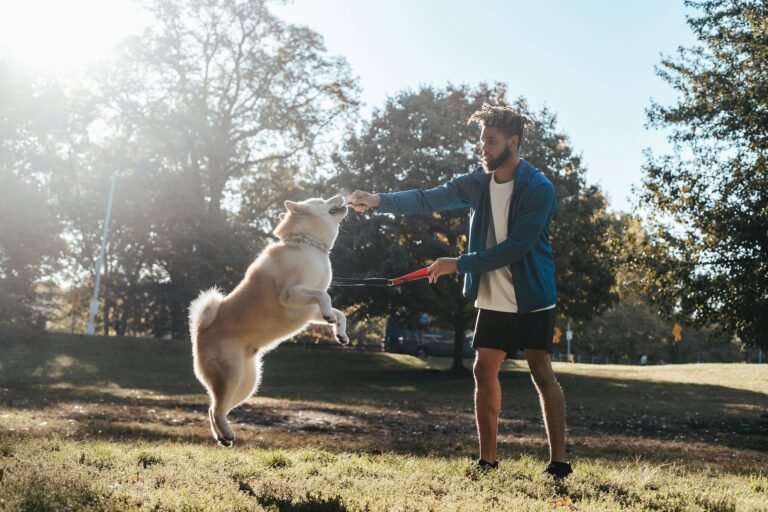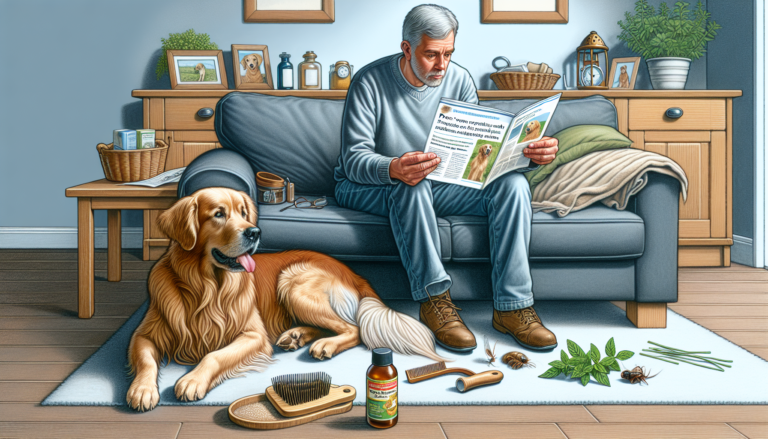Best Ways To Keep Your Dog Hydrated
Keeping your furry friend hydrated is essential for their overall health and well-being. In this article, we will explore some of the best ways to ensure that your dog stays properly hydrated. From providing fresh water throughout the day to adding moisture-rich foods to their diet, we will uncover simple yet effective strategies to keep your dog happy, hydrated, and healthy. So, grab a drink for yourself and get ready to discover the top tips for keeping your dog hydrated!
1. Provide Access to Fresh Water
1.1. Keep the Water Bowl Full
One of the simplest and most effective ways to keep your dog hydrated is by ensuring that their water bowl is always full. Dogs need a constant supply of fresh water to stay hydrated, especially during hot weather or after exercise. Make it a habit to check the water bowl regularly throughout the day and refill it as needed.
1.2. Change the Water Frequently
Just like you wouldn’t want to drink from a dirty glass, your dog deserves clean and fresh water as well. The water in their bowl can become dirty or contaminated over time, so it’s important to change it frequently. Ideally, you should empty and refill the water bowl with clean water at least once or twice a day to ensure your dog is drinking from a clean source.
1.3. Use a Clean Water Bowl
In addition to changing the water frequently, using a clean water bowl is essential for your dog’s health and well-being. Bacteria and other harmful pathogens can accumulate in dirty water bowls, which may lead to various health issues. Wash your dog’s water bowl with hot, soapy water daily and thoroughly rinse it to remove any residue. This simple step will help keep the water fresh and free from contaminants.
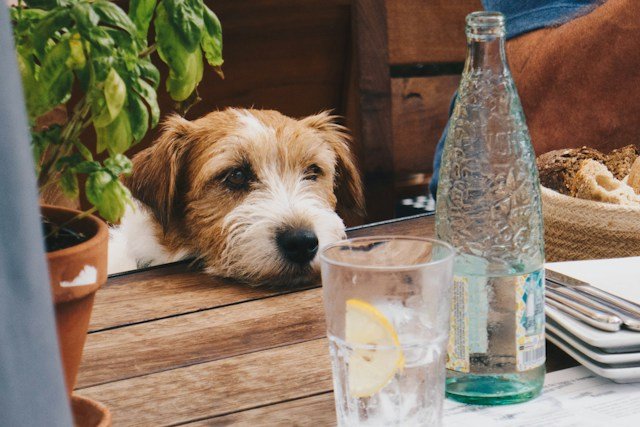
2. Enhance the Taste of Water
2.1. Add Some Flavor
If your dog seems uninterested in drinking water, you can try adding a little bit of flavor to make it more appealing. You can use low-sodium chicken or beef broth to sprinkle over their water, giving it a savory taste that your dog may find enticing. Alternatively, you can try adding a small amount of watered-down fruit juice (without any added sugars or artificial sweeteners) to provide a natural and refreshing flavor.
2.2. Use Ice Cubes
Another way to make water more enticing for your dog is by adding ice cubes to their water bowl. Many dogs enjoy chewing on ice cubes, especially during hot weather. Not only will this help keep them cool, but it will also encourage them to drink more water. However, ensure that the ice cubes are small enough for your dog to safely chew and swallow to prevent any choking hazards.
2.3. Offer Wet Food
Incorporating wet food into your dog’s diet can also help increase their water intake. Wet food has a higher moisture content compared to dry kibble, which means it provides additional hydration for your dog. Consider mixing a small amount of wet food with their regular dry food or offering it as a standalone meal. This not only helps keep your dog hydrated but also adds variety to their diet.
3. Encourage Regular Water Intake
3.1. Keep Water Nearby
To encourage your dog to drink more water throughout the day, make sure they always have access to water nearby. Place water bowls in easily accessible locations around your home, especially in areas where your dog spends a lot of time. This way, they can quench their thirst whenever they need to without having to search for water.
3.2. Offer Water Before and After Exercise
Just like humans, dogs need to rehydrate after physical activity. Before exercising your dog, make sure they have access to water to drink beforehand. Additionally, remember to offer water immediately after exercise to help them replenish the fluids lost during vigorous activities. This will ensure that your dog stays hydrated and prevents them from becoming dehydrated.
3.3. Use Water Fountains or Dispensers
Some dogs enjoy the sound and movement of water, which can make them more interested in drinking. Consider investing in a pet water fountain or dispenser that continuously circulates and filters the water. The flowing water may attract your dog’s attention and encourage them to drink more frequently. These fountains also help keep the water fresh for longer periods.
4. Monitor Water Intake
4.1. Check for Sufficient Urination
Monitoring your dog’s water intake is crucial to ensure they are drinking enough. One way to assess their hydration level is by observing their urination patterns. A well-hydrated dog should urinate regularly throughout the day. If you notice a significant decrease in the frequency of urination or the urine appears darker in color, it could indicate dehydration. In such cases, consult with your veterinarian for further guidance.
4.2. Observe for Signs of Dehydration
It’s important to pay attention to the signs of dehydration in your dog. Some common signs include excessive panting, dry gums, sunken eyes, lethargy, loss of appetite, and skin that lacks elasticity. If you suspect your dog is dehydrated, encourage them to drink water and contact your veterinarian for appropriate advice and treatment.
4.3. Consult with Your Veterinarian
If you have any concerns about your dog’s water intake or hydration levels, it’s always best to consult with your veterinarian. They can provide specific guidance based on your dog’s breed, age, and overall health. Your veterinarian may also recommend blood or urine tests to evaluate your dog’s hydration status and identify any underlying health issues that may be affecting their water intake.

5. Consider Hydration Supplements
5.1. Electrolyte Solutions
In certain situations, such as during intense physical activity or hot weather, your dog may benefit from additional electrolyte supplementation. Electrolyte solutions specially formulated for dogs can help replenish essential minerals and maintain a proper fluid balance in their bodies. However, always consult with your veterinarian before introducing any supplements to your dog’s routine.
5.2. Water-Enhancing Additives
Water-enhancing additives are products designed to improve the taste and increase your dog’s water consumption. These additives often contain natural flavors or electrolytes, making the water more appealing for your dog. However, like with any supplements, it’s important to consult with your veterinarian to ensure the product is safe and suitable for your dog.
6. Provide Access to Multiple Water Sources
6.1. Indoor and Outdoor Water Bowls
To ensure your dog has constant access to water, provide both indoor and outdoor water bowls. In addition to their regular water bowl inside the house, consider placing a water bowl in your backyard or any outdoor area your dog has access to. This way, they can easily quench their thirst while enjoying some time in the fresh air.
6.2. Travel Water Bottles
When you’re on the go with your dog, it’s important to have a portable water solution. Travel water bottles with built-in bowls are convenient and easy to carry. These bottles allow you to provide your dog with water wherever you are, whether you’re out for a hike or running errands in the city. Remember to keep the bottle filled and ready to ensure your dog stays hydrated during your adventures.
6.3. Dog Water Dispensers
If you’re often away from home for long periods, consider investing in a dog water dispenser. These automatic dispensers provide a continuous supply of fresh water for your dog throughout the day. Some dispensers even have additional features like built-in filters to ensure the water remains clean and free from impurities. Dog water dispensers are especially beneficial if you have multiple dogs or a busy schedule that makes regular water refills challenging.
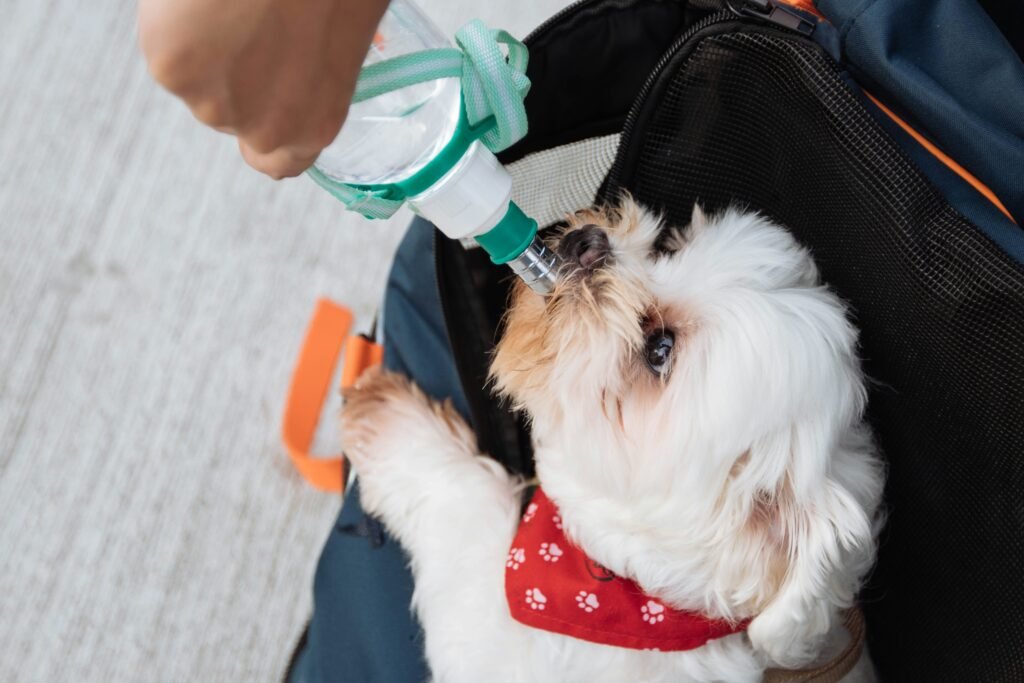
7. Make Water Readily Available During Travel
7.1. Carry a Portable Water Bowl
Whether you’re taking a long road trip or just going for a short walk in the park, always carry a portable water bowl with you. Lightweight and collapsible bowls are easy to pack and carry, so you can offer your dog water whenever they need it. Remember to fill the bowl with fresh water before leaving and refill it as necessary to keep your dog hydrated throughout the journey.
7.2. Plan for Frequent Water Breaks
When traveling with your dog, it’s important to plan for frequent water breaks. No matter the mode of transportation, ensure you schedule regular stops to allow your dog to drink water and stretch their legs. This will not only keep them hydrated but also make the trip more comfortable and enjoyable for both of you.
7.3. Use a Travel Water Bottle
A travel water bottle with an attached bowl or spout can be a lifesaver during long trips or outdoor adventures. These bottles are designed for easy access and offer a convenient way to provide your dog with water on the go. Some bottles even have a built-in filtration system to ensure the water is clean and safe for your dog to consume.
8. Offer Hydrating Treats
8.1. Frozen Treats
During hot weather, frozen treats can provide a refreshing way to keep your dog hydrated. You can make your DIY frozen treats by blending water with dog-friendly fruits or vegetables and freezing them in ice cube trays or molds. Your dog will enjoy licking and chewing on these icy treats, which will also help cool them down and increase their water intake.
8.2. Water-Rich Fruits and Vegetables
Certain fruits and vegetables have high water content and can act as natural hydrating treats for your dog. Offer water-rich options such as watermelon, cucumber, and strawberries as healthy snacks. These treats not only provide hydration but also offer additional vitamins and nutrients that contribute to your dog’s overall well-being.
8.3. Chilled Broth
Broth is a popular and tasty addition to a dog’s diet, and when chilled, it can be a hydrating treat as well. Make a batch of low-sodium chicken or beef broth, allow it to cool, and then refrigerate it. Serve chilled broth in a bowl as a refreshing treat for your dog. Just be sure to use a broth that does not contain any added spices, onions, or garlic, as these can be harmful to dogs.
9. Pay Attention to Environmental Factors
9.1. Hot Weather Precautions
During hot weather, it’s important to take extra precautions to keep your dog hydrated. Avoid taking them out for walks during the hottest parts of the day and opt for early morning or late evening outings when it’s cooler. Provide shelter and shade in your backyard, and consider using a damp towel or cooling mat for your dog to lie on. Additionally, always carry water with you and offer frequent water breaks to prevent dehydration.
9.2. Cold Weather Considerations
Cold weather can also pose hydration challenges for dogs. While they may not feel as thirsty during colder months, it’s essential to ensure they are still adequately hydrated. The dry air and indoor heating can lead to increased water loss through respiration. Keep their water bowl filled, and if necessary, consider using a room humidifier to prevent excessive dryness in the environment.
9.3. High Altitude Awareness
If you and your dog enjoy hiking or spending time in high-altitude areas, it’s important to be aware of the potential effects on hydration. At higher altitudes, the air is drier, which can lead to increased water loss through respiration. Offer water more frequently during hikes, and pay attention to any signs of dehydration, such as panting excessively or appearing lethargic.
10. Train Your Dog to Drink on Command
10.1. Use Positive Reinforcement
Training your dog to drink on command can be a useful tool to ensure they stay hydrated, especially during times when they may not feel as thirsty. Use positive reinforcement techniques such as treats or praise to reward your dog when they drink water upon your command. This will create a positive association with drinking water and encourage them to do so on cue.
10.2. Practice the Command Regularly
Consistency is key when training your dog to drink on command. Take regular training sessions to reinforce the behavior and make it a habit. Repeat the command and offer rewards when your dog drinks water as instructed. With time and practice, your dog will become familiar with the command and associate it with the action of drinking water.
10.3. Train in Different Environments
To ensure your dog responds to the command to drink water in various settings, practice the training in different environments. Dogs may behave differently in new locations or when distractions are present, so training them in different scenarios will help solidify the behavior. Whether you’re at home, in a park, or visiting friends, continue to reinforce the command and reward your dog for drinking water on cue.
By following these tips and implementing the best practices, you can help ensure that your dog remains hydrated and healthy. Remember to pay attention to their water intake, monitor their behavior for signs of dehydration, and consult with your veterinarian for tailored advice. With your love and care, your furry friend will stay well-hydrated and enjoy a happy and active life.


